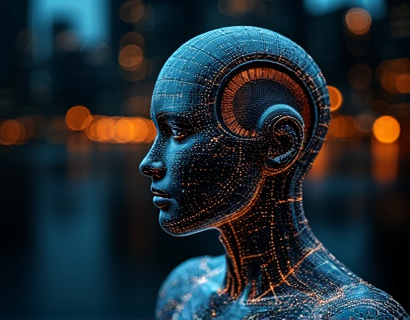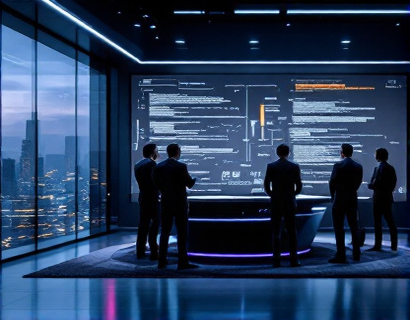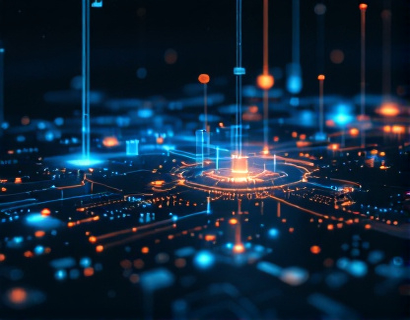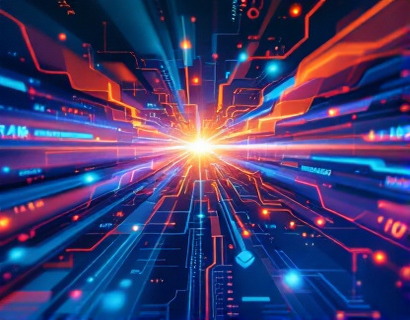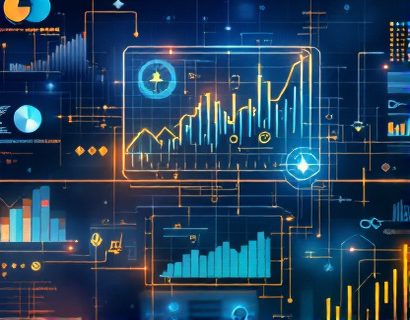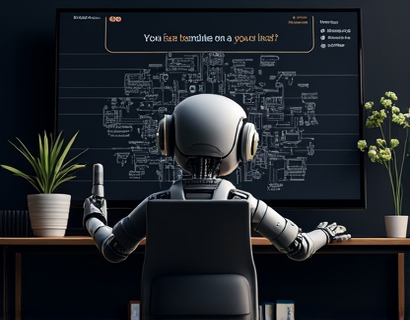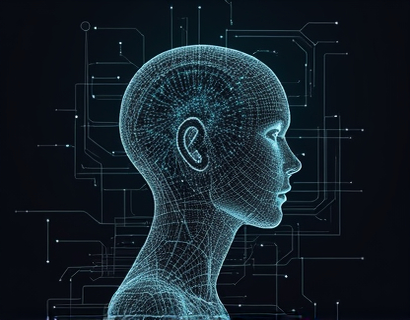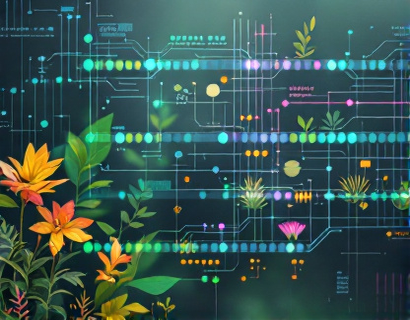AI-Powered Translation Technology: Elevating Global Communication for Businesses and Individuals
In an increasingly globalized world, the ability to communicate effectively across languages has become a critical asset for both businesses and individuals. AI-powered translation technology stands at the forefront of this revolution, offering unprecedented precision, speed, and accessibility. This article delves into the transformative impact of these advanced tools, exploring how they are breaking down language barriers and enhancing global interactions.
The Evolution of Translation Technology
The journey of translation technology has been marked by significant milestones. From the early days of rule-based systems to the current era of neural machine translation, the accuracy and fluency of automated translations have seen dramatic improvements. Traditional methods relied on predefined rules and dictionaries, often resulting in literal and sometimes awkward translations. The advent of machine learning and deep learning has changed the game, enabling systems to learn from vast amounts of data and context, thus producing more natural and accurate translations.
How AI-Powered Translation Works
At the core of AI-powered translation technology lies neural machine translation (NMT). NMT uses neural networks to understand and generate translations, mimicking the way humans process language. These systems are trained on massive datasets, allowing them to capture nuances, idioms, and context-specific meanings. The process involves several key steps: tokenization, where text is broken down into manageable units; encoding, which converts these units into numerical representations; and decoding, where the system generates the translated text. This sophisticated approach ensures that translations are not only accurate but also contextually relevant.
Precision and Speed: Key Advantages
One of the most significant advantages of AI-powered translation is its precision. These systems can handle complex sentences and maintain the intended meaning with high accuracy. For businesses, this means clearer communication in contracts, marketing materials, and customer support, reducing the risk of misunderstandings and errors. Speed is another critical factor. AI translation tools can process and translate large volumes of text almost instantaneously, making real-time communication feasible. This is particularly beneficial in dynamic environments such as international conferences, live chat support, and social media interactions.
Enhancing Business Interactions
For businesses operating in a global market, effective communication is paramount. AI-powered translation tools facilitate seamless interactions with clients, partners, and employees from different linguistic backgrounds. In international trade, accurate translations of business documents, such as proposals, agreements, and reports, are essential for building trust and ensuring compliance. AI translation can also assist in market research by quickly analyzing and summarizing data from various languages, providing valuable insights for strategic decision-making. Moreover, customer service can be significantly improved, as companies can offer multilingual support without the need for extensive human translation resources.
Personal Communication: Bridging Cultural Gaps
Beyond business, AI-powered translation technology is revolutionizing personal communication. Travelers can navigate foreign countries more easily, accessing menus, signs, and conversations with locals in real-time. Language learning apps enhanced with AI translation features provide immersive and interactive experiences, helping learners grasp not just vocabulary but also cultural nuances. Social media platforms can connect people from different parts of the world, fostering global communities and cultural exchanges. The ability to communicate effortlessly across languages breaks down barriers and promotes mutual understanding.
Challenges and Limitations
Despite its many advantages, AI-powered translation is not without challenges. One of the primary concerns is the handling of low-resource languages, which lack extensive training data. These languages often result in less accurate translations, limiting the technology's effectiveness in diverse linguistic environments. Another challenge is the preservation of tone and style, which can be difficult for AI systems to replicate. Humor, sarcasm, and idiomatic expressions often pose significant hurdles. Additionally, while AI translation has improved dramatically, it still requires human oversight, especially for critical documents and high-stakes communications.
Industry-Specific Applications
The applications of AI-powered translation extend across various industries, each with its unique requirements and benefits.
Healthcare
In healthcare, accurate communication is vital for patient care and safety. AI translation tools can assist in translating medical records, patient instructions, and consent forms, ensuring that patients understand their treatment options and instructions. This is particularly important in multicultural healthcare settings where patients and providers may speak different languages.
Legal and Compliance
Legal documents require precision and accuracy, making AI translation a valuable tool for translating contracts, agreements, and regulatory texts. However, the complexity and sensitivity of legal language mean that human review remains essential. AI can significantly speed up the translation process, allowing legal professionals to focus on interpretation and compliance.
Education
In education, AI translation can facilitate international collaborations and access to global resources. Students and educators can engage with materials and peers from around the world, enhancing the learning experience. Language barriers are reduced, enabling more inclusive and diverse educational environments.
Marketing and Advertising
For marketing and advertising, AI translation enables brands to reach a broader audience with localized content. Translating website content, social media posts, and advertising materials ensures that messages resonate with local markets. This global reach can drive brand awareness and customer engagement, ultimately boosting sales and market share.
Future Trends and Innovations
The future of AI-powered translation is promising, with ongoing research and development pushing the boundaries of what is possible. One area of focus is the improvement of low-resource language support, using techniques like transfer learning and cross-lingual training to enhance translations for less common languages. Another trend is the integration of emotional intelligence, allowing AI systems to better capture and convey the emotional tone of the original text. This will make translations more nuanced and contextually appropriate.
Furthermore, the convergence of AI translation with other technologies, such as augmented reality (AR) and virtual reality (VR), is opening new possibilities. Imagine real-time translation overlays in AR applications, enabling seamless communication in immersive environments. The potential for AI translation to enhance human interaction in both physical and digital spaces is vast.
Conclusion
AI-powered translation technology is transforming the way we communicate globally. By breaking down language barriers, these tools are fostering better business interactions, personal connections, and cultural exchanges. While challenges remain, the continuous advancements in AI and machine learning are addressing these issues, making translations more accurate and contextually rich. As we move forward, the integration of AI translation with other cutting-edge technologies will further elevate global communication, creating a more interconnected and understanding world.




